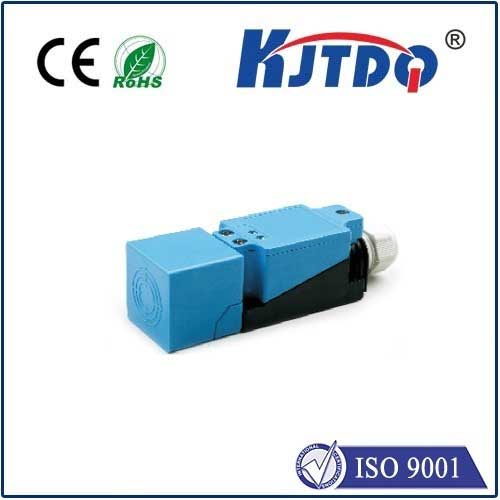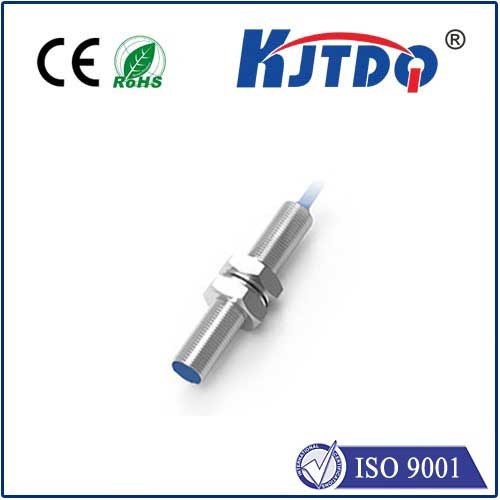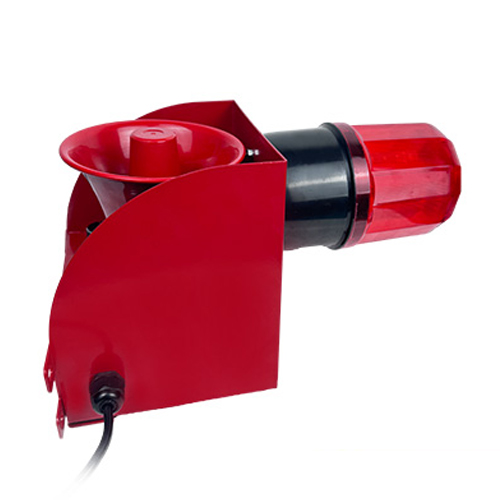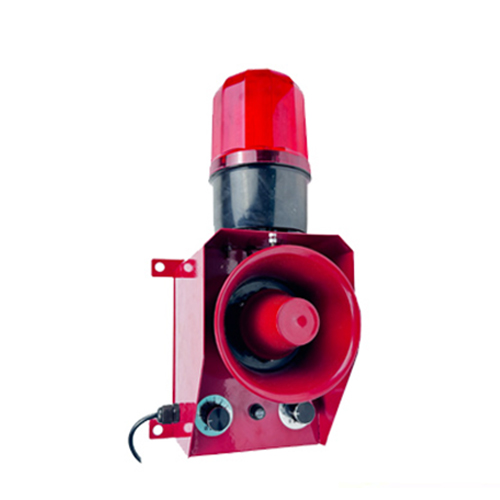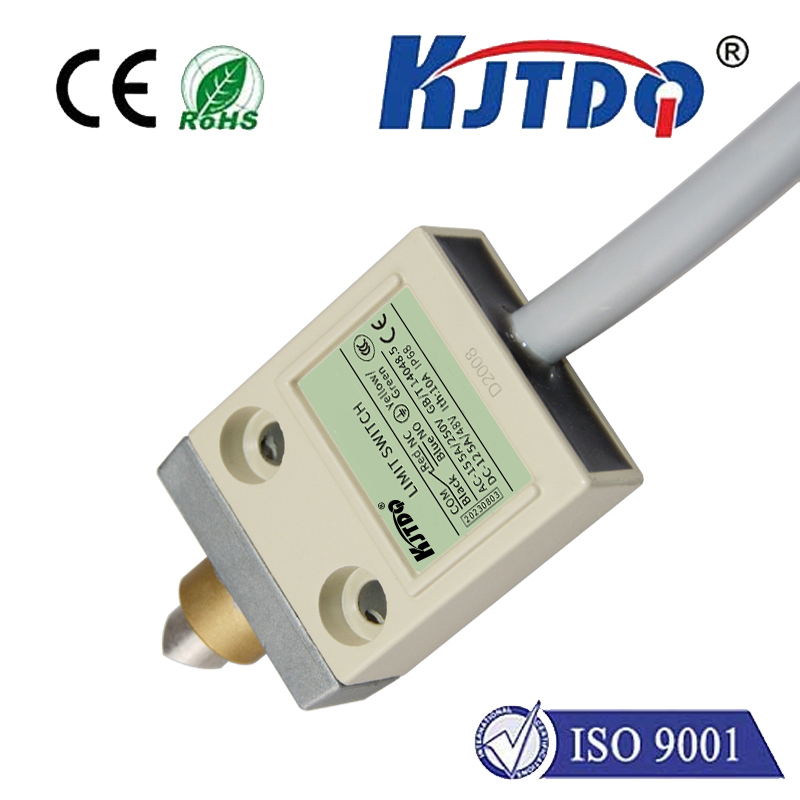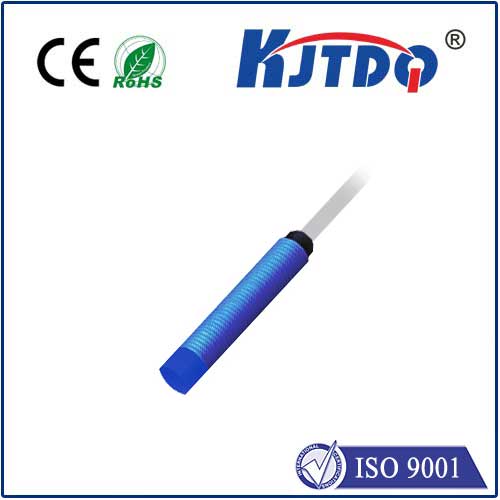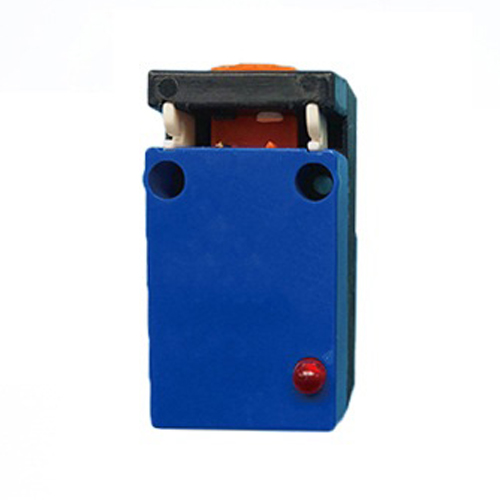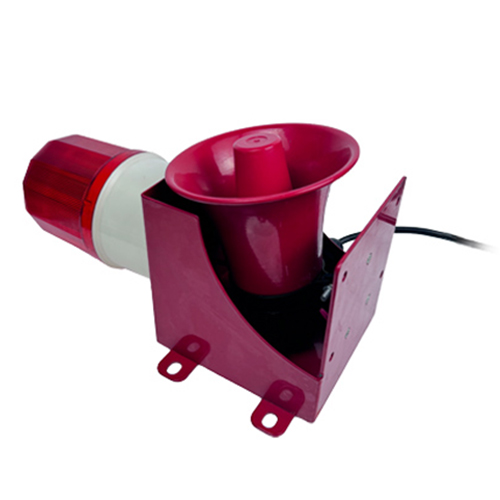Фотоэлектрический датчик led
- time:2025-07-24 00:20:30
- Нажмите:0
Unveiling the Invisible: How LED Photoelectric Sensors Power Modern Automation
In a world increasingly driven by automation and precise control, unseen technologies silently orchestrate complex processes. Among the most fundamental and ubiquitous are LED photoelectric sensors. These remarkable devices, found everywhere from factory floors to vending machines and garage doors, use beams of light as their eyes, detecting the presence, absence, or position of objects with remarkable speed and reliability. Understanding how they work and their diverse capabilities is key to unlocking smarter, more efficient systems.
The Core Principle: Seeing with Light
At its heart, an LED photoelectric sensor operates on a remarkably simple yet powerful concept. It consists of two core components integrated into one or more units:
- The LED Emitter: This component generates a tightly focused beam of light. While early sensors used incandescent bulbs, virtually all modern sensors utilize Light Emitting Diodes (LEDs). LEDs offer significant advantages: exceptional longevity (often tens of thousands of hours), low energy consumption, resistance to vibration, the ability to pulse light rapidly for enhanced immunity to ambient light interference, and the availability of various wavelengths – most commonly infrared (IR) for its invisibility and insensitivity to visible ambient light, but also visible red, green, or laser for precise alignment. The emitter is essentially the sensor’s “flashlight”.
- The Receiver (Photodetector): Positioned to receive the emitter’s light signal, this component (typically a phototransistor or photodiode) converts incoming photons back into an electrical signal. Its sensitivity determines the effective sensing range and ability to detect subtle changes in light intensity. The receiver acts as the sensor’s “eye”.
The fundamental task of the sensor is to monitor the status of the light beam reaching the receiver and translate any significant change into an electrical output signal (e.g., turning a relay on or off, sending a voltage high/low).
Main Operating Modes: Three Ways to Detect

LED photoelectric sensors primarily function in three distinct configurations, chosen based on the application’s requirements:
Through-Beam (Opposed Mode): This is often considered the most robust and longest-range method. The emitter and receiver are housed in separate units, facing each other directly. The emitter’s light beam travels continuously to the receiver. Detection occurs when an object physically interrupts this beam, blocking the light from reaching the receiver. Through-beam sensors excel in long-distance detection (up to tens of meters) and are highly reliable for detecting opaque objects, even in challenging environments (dust, steam) because only a total blockage is needed. Their primary disadvantage is the need to install and align two separate units.
Retroreflective (Reflective Mode): Here, the emitter and receiver are integrated into a single housing. A specialized reflector (corner-cube or tape) is mounted opposite the sensor. The emitter sends out a beam that strikes the reflector and bounces directly back to the receiver within the same unit. Detection occurs when an object breaks the beam’s path between the sensor and the reflector, preventing the reflected light from returning. Retroreflective sensors offer a good balance of performance and installation ease (only one wiring point needed beyond the reflector). They require careful alignment with the reflector. Some advanced models incorporate polarization filters to reject false signals from highly reflective non-target surfaces like shiny metal.
Diffuse (Proximity Mode): Like retroreflective, the emitter and receiver are in a single housing. However, there is no separate reflector. Instead, the sensor relies on the diffuse reflection of light off the surface of the target object itself. The emitter sends out light which scatters in all directions upon hitting the target; a small portion of this scattered light reflects back to the receiver. Detection occurs when the sensor recognizes a sufficient intensity of reflected light returning from the target. The effective sensing range is generally the shortest of the three modes and is heavily dependent on the target’s size, color, reflectivity, and surface texture (light vs. dark targets require different settings). Despite range limitations, diffuse sensors are incredibly popular due to their simplicity – requiring only a single unit mounted near the target path, with no alignment to a reflector or separate receiver needed. Background suppression variants are key for reliable detection against cluttered backgrounds.
Key Advantages Driving Adoption
The dominance of LED photoelectric sensors isn’t accidental. They offer compelling benefits:
- Non-Contact Sensing: Detection occurs without physical touch, eliminating wear and tear on both the sensor and the target object, ensuring long service life.
- High Speed: Light travels fast! These sensors can detect objects moving at very high speeds, making them ideal for fast-paced production lines and packaging.
- Многогранность: Available in numerous housing styles (cylindrical, block, slot), output types (PNP/NPN transistor, relay, analog), connection methods (connector, cable), and with specialized optics (focused beams, fiber optic versions for tight spaces), they can be adapted to countless scenarios.
- Reliability & Longevity: Solid-state LED technology is inherently robust against vibration and shock. LED emitters have exceptionally long lifetimes compared to older bulb technologies.
- Resistance to Ambient Light: Modern sensors utilize modulated or pulsed LED light and sophisticated receiver circuits tuned to this specific frequency, effectively ignoring constant or slowly changing ambient light sources like sunlight or room lighting.
- Precise Detection: Particularly with laser diffuse or through-beam types, very small objects or precise position detection is possible.
Critical Specifications for Selection
Choosing the right LED photoelectric sensor requires considering several factors:
- Sensing Range: The maximum reliable detection distance for the specific mode and target.
- Operating Mode: Through-beam, Retroreflective, or Diffuse (including Background Suppression variants) – dictated by application constraints.
- Target Characteristics: Size, material, color, reflectivity, and surface texture significantly impact performance, especially for diffuse sensors. Minimum detectable object size is crucial.
- Environmental Conditions: Resistance to dust, water (IP rating), temperature extremes, chemicals, and electromagnetic interference (EMI).
- Output Type: Compatibility with the control system (e.g., PNP for most PLCs vs. NPN, relay contacts).
- Response Time: How quickly the sensor reacts to a detection event and changes its output state.
- Light Source: Infrared (most common, invisible), visible red (easier alignment), laser (for precision), or other specialized colors.
- Характеристики: Teach-in functions for easy setup, adjustable sensitivity, time delays, IO-Link communication for diagnostics and parameterization, synchronization to prevent crosstalk.
Ubiquitous Applications: Where You’ll Find Them
The applications for LED photoelectric sensors are vast:
- Manufacturing Automation: Detecting parts on conveyors, verifying presence/absence in assembly stations, counting objects, controlling robotic arms, monitoring fill levels in bottles/cans, checking label placement, verifying door closure on machinery.
- Packaging: Ensuring cartons are present for filling/sealing, detecting tamper-evident seals, controlling case erectors, tracking products through shrink tunnels.
- Перевозка материалов: Detecting pallet positions, controlling gate opening/closing on sorting lines, verifying bin levels, sensing objects on AGVs (Automated Guided Vehicles).
- Building Automation: Detecting occupancy for lighting control, sensing door position for security/safety, counting

